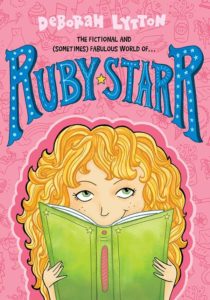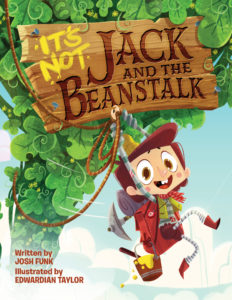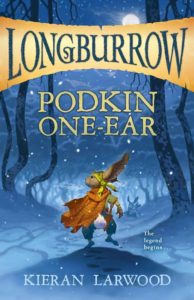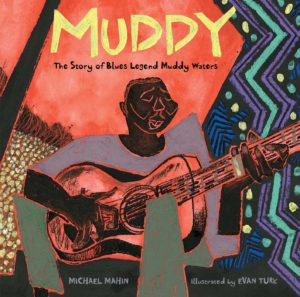Yesterday I featured a review of Ruby Starr, by Deborah Lytton. Today, the author guests here to talk about writing for young readers and her plucky heroine.
 How did you get started writing?
How did you get started writing?
DL: I was a child actor and so initially I began with writing screenplays. I took a number of screenwriting classes and wrote a handful of scripts and television samples. After a few years, I realized that there was more I wanted to say than would fit in the pages of a script. So I started taking fiction writing classes. My favorite books have always been the books I read between the ages of 7-12 so I focused on writing Middle Grade fiction. It’s hard to believe that I wrote my first Middle Grade manuscript over seventeen years ago.
What do you like most about writing for young readers?
DL: I have tremendous respect for young readers. They are very discerning and pay attention to even the smallest details. It’s an honor to write books for them. I love that young readers become so invested in the stories they read. The characters become part of the reader’s lives and that makes writing for this group of readers so incredibly rewarding. I also like the fact that stories for middle grade readers can have inspirational characters and happy endings. I really do love a happy ending.
What do you find the most challenging?
DL: I find writing humor to be most challenging. It’s important to get the timing just right and if it isn’t funny, the young readers will be the first to let an author know. I try to find a balance so that the reader is in on the joke while it also comes as a surprise. My humorous scenes go through the most revisions.
You’ve written books for several different age groups; do you have a favorite age to write for?
DL: I write stories that speak to me, and sometimes this leaves me switching from one age group to the other. JANE IN BLOOM was upper Middle Grade, SILENCE was YA, and RUBY STARR is Middle Grade. My favorite age group is Middle Grade, so no matter what else I might write, this is the age group to which I will always return.
Ruby likes to read and has a big imagination. Were you like that growing up?
DL: I was very much like Ruby except that I didn’t get into trouble with a lower case t! I did love to read and imagined all sorts of scenarios for myself. My dad used to take me and my sister to the library every weekend when we were young. I would check out the same horse books over and over again. When I wasn’t reading horse books, I was reading Nancy Drew mysteries. I always had a book in hand. I preferred to read one book at the time, rather than switch back and forth. I still prefer to read one book at a time. I always had a big imagination and would create plays for my sister and me to perform for our parents. They had to watch a lot of performances!
Why do you think Ruby’s friends are so quick to follow Charlotte’s lead when she shows up in class?
DL: Ruby’s friends are very interested in the new girl. Charlotte has a strong personality and she brings some unique ideas to the group, so she pulls the girls to her quite easily. Fifth grade girls tend to socialize in groups that can sometimes be very exclusive. Charlotte is able to reform the group with herself as the center because the girls are excited about getting to know her. The other girls hurt Ruby because they are making decisions based on what is good for them without thinking about how their actions might hurt Ruby. This happens so often with girls in school. They exclude a friend sometimes without really understanding how hurtful this is to the person left out. I wanted to open the door to a conversation about this and show one positive way to resolve it.
What helps Ruby most when she feels as though her friends are rejecting her?
DL: Ruby relies on her family for help when she feels lonely. Her family is really supportive, if she shares with them. But sometimes Ruby keeps things to herself. Being a book person, she also turns to books. Her favorite characters have struggled during difficult situations but their courage helps them to persevere. This inspires Ruby. Ultimately, it is her own inner strength and compassion that helps her most.
Is there anything else you’d like to say to readers at Mother Daughter Book Club. com?
DL: My daughters are 13 and 16 and we have a book club of our own. We read the books out loud and switch off chapters so that each of us has a chance to read and to listen. I think it’s a wonderful gift to be able to share the love of reading with my daughters. Reading and discussing books together has definitely created special memories for us. On my website www.deborahlytton.com, I have book discussion questions that you can download for your own book clubs. I hope you enjoy reading RUBY STARR. Thank you for having me here today at Mother Daughter Book Club!








